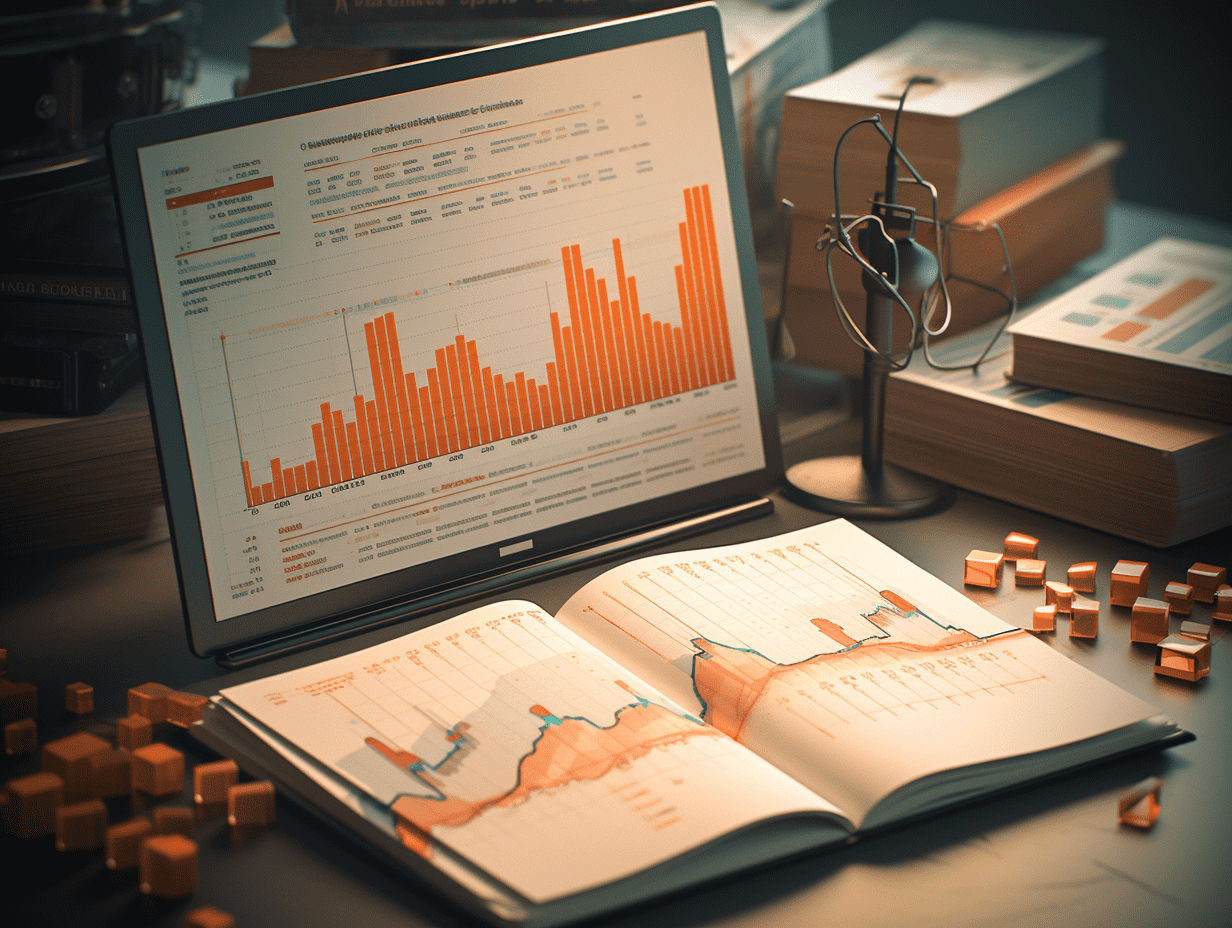The US election closes, volatility trading quickly "calms down", and the options market reignites the enthusiasm for buying US stocks.
The prediction that stock market volatility would decrease after the US presidential election is happening faster than expected, and options traders are currently preparing for a long-term upward trend in the stock market.
The prediction of decreased market volatility after the US presidential election is happening faster than expected, and options traders are currently preparing for a long-term rise in the stock market.
The outcome of the election is very clear and advantageous for risk-taking. The only surprising factor is the speed at which the markets have reacted, avoiding days or even weeks of uncertainty. As hedging demand shrinks at the fastest pace since the financial crisis, and the rally continues, volatility can only decrease.
Rocky Fishman, founder of ASYM 500, wrote in a report, "One continued reason for implied risk is that results could be delayed and contentious for a long time. With the clear outcome of the presidential election, this risk has greatly diminished, resulting in a decrease in implied volatility in the market."
It is widely expected in the market that if there are no dramatic events, volatility will decrease as usual before the end of the year. However, the speed at which the S&P 500 index surged and the volatility index plummeted last Wednesday highlighted the hedging intensity before the event. On that day, the index jumped by 2.5%, marking the largest increase since March 2000.
Cross-asset strategist Charlie McElligott from Nomura Securities pointed out, "The extreme short on S&P 500 put options is now rapidly liquidating due to the significant decline in implied volatility, while funds are flowing into 'right-tail' call options." He added that this situation has created a "vanna-tailwind," where market makers need to buy more futures to rebalance their books.
The decrease in volatility is most noticeable in short-term volatility index contracts. The futures curve has returned to a more normal futures premium, where forward contracts have a premium over short-term contracts. This is a sign that the market is moving towards a calmer level before the volatility shock in August.
David Lin, founder and CEO of Linvest21, said, "The reduction in hedges indicates increased investor confidence. As more investors enter the market, this usually leads to a rise in stock prices. However, long-term optimism may cause stock prices to exceed their intrinsic value, increasing the risk of a correction."
Other market indicators also show the market's calmness.
Data compiled shows that the so-called VVIX (implied volatility of the VIX volatility index) which falls when demand for VIX options hedging decreases dropped significantly from Tuesday to Thursday last week, marking the third fastest decline since before the financial crisis.
Prior to this, many investors were betting on a market rebound by the end of the year and a decrease in volatility in the days leading up to the election. They drove the open interest of VIX put options to over 5 million contracts, reaching the highest level since August.
The Nations SkewDex index, which tracks the skew of put options premiums used to hedge against stock sell-offs, has fallen to its lowest level since mid-August. This volatility is not limited to the stock market; volatility in bonds and currencies is also decreasing.
As short hedges are closed and FOMO (fear of missing out) drives pursuit of the rally, the obstacles to short-term gains are minimal. But if there is an impact leading to a decline in stock prices, it could also reduce the buffer against sell-offs.
Gareth Ryan, Managing Director of IUR Capital, said, "Now that these two major market events have passed, speculative funds may push prices of high-risk assets to overbought levels. Being bullish on the market essentially means investors are shorting volatility. This may have a counter-effect."
The closing of hedging trades and expiration, as well as the chase of the FOMO rally, can also be seen in the market's option skew, with a sharp increase in demand for call options on major indices (especially small-cap stocks) and a decrease in demand for put options. The market believes that smaller companies focusing on domestic business may perform better under the Trump administration's protection of American manufacturing.
While volatility in the US has plummeted, it has not fully affected Europe, as investors are weighing the potential impact of tariffs. Last Wednesday, the EuroStoxx 50 index gave up its early post-election gains, and the benchmark volatility measure VStoxx index is currently higher than the US VIX index on both the spot and futures curves.
It is evident that funds are flowing into the US at a rapid pace. Data from Bank of America shows that around $20 billion flowed into US stock funds on the day Trump was announced the winner. Strategist Michael Hartnett, citing data from EPFR Global, stated in a report that this is the highest level in five months. Nomura Securities expects volatility control funds to buy $110 billion by January next year.
However, according to Tier 1 Alpha, the frenzy of risk-taking comes with a small warning: "It's important to remember that upward volatility is still volatility, which could have an unstable impact on many of the systematic strategies we track."
Related Articles

Traders weigh the timing of the Bank of Japan's interest rate hike and the risk of government intervention, leading to a slight rebound in the yen.

Our country will adjust the tax rates and categories of some commodities next year.

In November, the overall value of Hong Kong's exports and imports increased by 18.8% and 18.1% respectively compared to the same period last year.
Traders weigh the timing of the Bank of Japan's interest rate hike and the risk of government intervention, leading to a slight rebound in the yen.

Our country will adjust the tax rates and categories of some commodities next year.

In November, the overall value of Hong Kong's exports and imports increased by 18.8% and 18.1% respectively compared to the same period last year.

RECOMMEND

Not Just “Power Shortages,” Delays Will Become The Key Theme For U.S. Data Centers In 2026
26/12/2025

Hang Seng Index Rises 33% This Year, Best Five‑Year Performance; Multiple Institutions Forecast Breakthrough Above 30,000 Next Year
26/12/2025

Gold Rally Has Further To Run, JPMorgan Bullish: Prices Could Reach USD 5,055 By Year‑End 2026
26/12/2025


